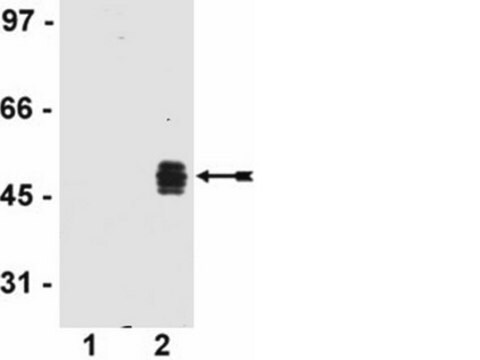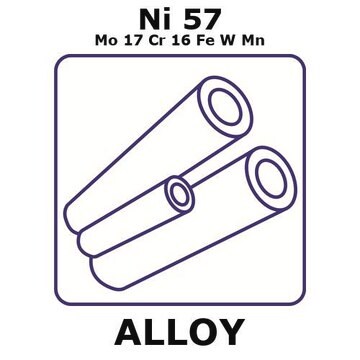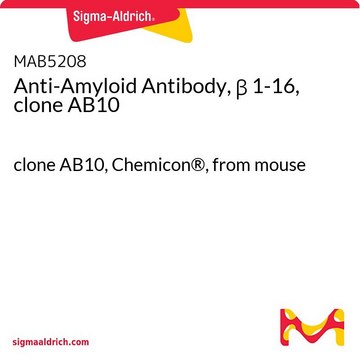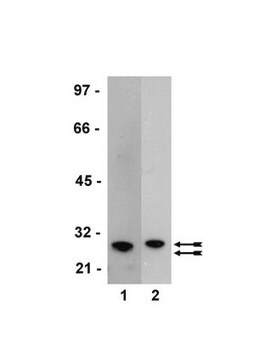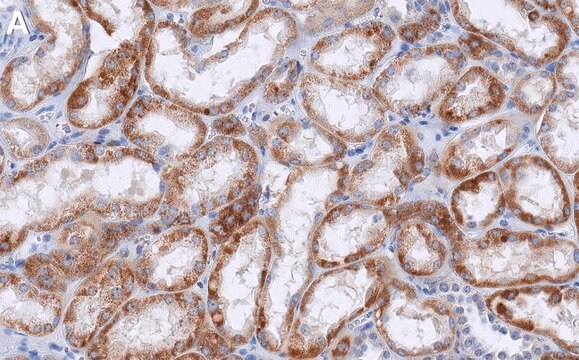MABF958
Anti-CD47 Antibody, clone PF3.1
clone PF3.1, from mouse
Synonym(s):
Leukocyte surface antigen CD47, Antigenic surface determinant protein OA3, CD47, IAP, Integrin-associated protein, Protein MER6
About This Item
Recommended Products
biological source
mouse
Quality Level
antibody form
purified immunoglobulin
antibody product type
primary antibodies
clone
PF3.1, monoclonal
species reactivity
human
technique(s)
flow cytometry: suitable
isotype
IgG1κ
NCBI accession no.
UniProt accession no.
shipped in
ambient
target post-translational modification
unmodified
Gene Information
human ... CD47(961)
Related Categories
General description
Specificity
Immunogen
Application
Western Blotting Analysis: A representative lot detected CD47 distribution among human polymorphonuclear (PMN) neutrophil subcellular fractions. Majority of CD47 was found co-localized with CD11b in the CD11b and secondary granules in unstimulated PMN and upregulated plasma membrane localization was seen following fMLP stimulation (Parkos, C.A., et al. (1996). J. Cell Biol. 132(3):437-450).
Inflammation & Immunology
Quality
Flow Cytometry Analysis: 0.2 µL of this antibody detected CD47 surface expression on the gated lymphocytes population among one million human PBMCs.
Target description
Physical form
Storage and Stability
Other Notes
Disclaimer
Not finding the right product?
Try our Product Selector Tool.
Storage Class Code
12 - Non Combustible Liquids
WGK
WGK 1
Flash Point(F)
Not applicable
Flash Point(C)
Not applicable
Certificates of Analysis (COA)
Search for Certificates of Analysis (COA) by entering the products Lot/Batch Number. Lot and Batch Numbers can be found on a product’s label following the words ‘Lot’ or ‘Batch’.
Already Own This Product?
Find documentation for the products that you have recently purchased in the Document Library.
Our team of scientists has experience in all areas of research including Life Science, Material Science, Chemical Synthesis, Chromatography, Analytical and many others.
Contact Technical Service